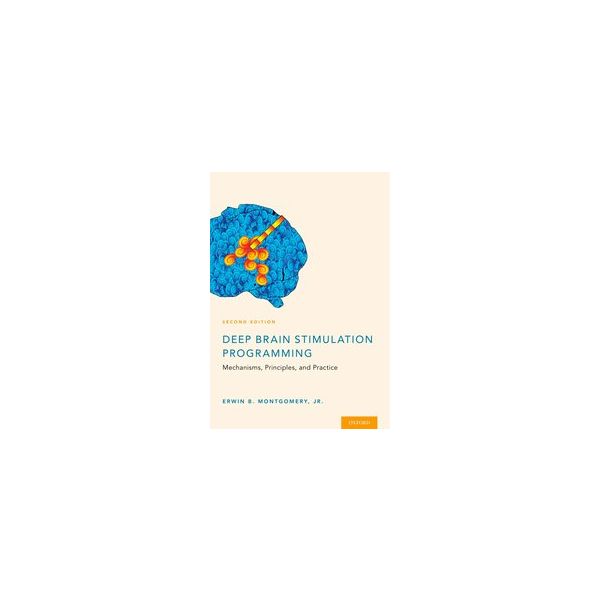Deep Brain Stimulation Programming Mechanisms, Principles and Practice
Deep brain stimulation programming (DBS) continues to grow as an effective therapy for a wide range of neurological and psychiatric disorders, helping patients reach optimal control of their disorder. With the technique finding so much success, the next question is how to make the complexities of post-operative programming cost-effective, especially when traditional medications and treatments can no longer do the job.
The second edition of Deep Brain Stimulation Programming is fully revised and up-to-date with the latest technologies and focuses on post-operative programing, which no other text does. This book provides programmers with a foundation of the brain as an electrical device, focusing on the mechanisms by which neurons respond to electrical stimulation, how to control the stimulation and the regional anatomy, and the many variations that influence a patient's response to DBS. Dr. Montgomery explores new techniques of programming; including those based on stimulation frequency, closed-loop DBS, and the roles of oscillators in DBS; and new technological advances that make pre-existing theories of pathophysiology obsolete.
Key Features of the Second Edition Include
· Highlights post-operative deep brain stimulation;
· Includes the most recent discoveries in deep brain stimulation programming;
· Highly illustrated with figures for absorption of key programming and techniques;
· Provides an appendix of additional resources available through the Greenville Neuromodulation Center.
| Author | MONTGOMERY |
|---|---|
| Table Of Content | Table of Contents |
| Publish Date | 26 Apr 2016 |





